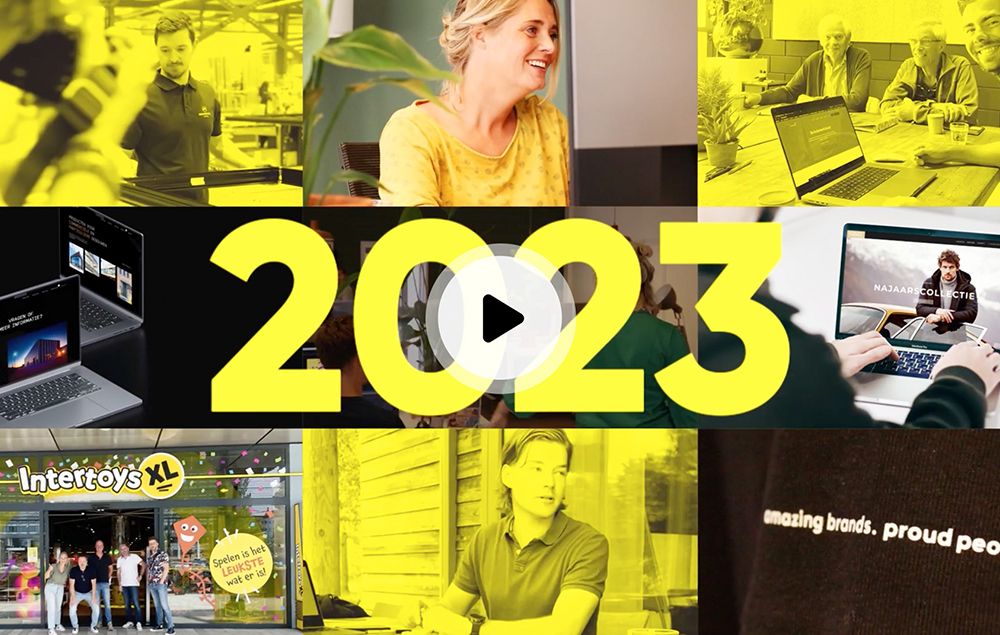Why you make many choices unconsciously
-
4 minutes
-
April 15, 2021
-
 Dennis Damen
Dennis Damen
Yes, you read that right—95 percent! How is it that we believe we make conscious decisions all day, while most of these are actually unconscious decisions? To answer this question, I was inspired by an article by Luke Theissling on Emerce and the book ‘Thinking, Fast and Slow’ by Nobel laureate Daniel Kahnemann.
quick and intuitive actions
One reason we let our subconscious make decisions is that conscious decision-making requires a lot of energy. Daniel Kahnemann explains in his book how our brains are preprogrammed to be as lazy as possible. A person is confronted with more than 10,000 (micro) decisions daily! It's too energy- and time-consuming to consciously think about all of them. That's why we prefer to make intuitive decisions. Quick and intuitive actions helped our ancestors survive. There's a tiger: danger! There's a pheasant: delicious! Those who had to think slowly and carefully to reach these conclusions didn't survive to become our ancestors.
system 1 and system 2
In 'Thinking, Fast and Slow,' Kahneman distinguishes between two thinking systems: the fast System 1 ('thinking fast') and the slow System 2 ('thinking slow'). System 1 ensures that we make the vast majority of our daily decisions unconsciously, intuitively, and routinely. System 2 assists us in making conscious, thoughtful decisions.
A practical example is the following question: How many animals of each kind did Moses take on his ark? Even those of us who read the Bible will likely answer: two of each kind. They are mistaken. Their intellect, or System 2, is taking a nap, and System 1 provides the answer. If System 2 were activated, it would think, "You're kidding me, it's Noah's ark, not Moses's." An example where System 2 is immediately activated is complex math problems (e.g., 23 x 27). There is no intuitive answer, and our brains have to work it out. Kahneman compares System 2 to a supporting character who thinks he's the protagonist but isn't aware of what's going on.

recognizing unconscious choices
To better recognize unconscious choices, Business Insider's 'cognitive biases’ infographic is a useful guide. In 1972, together with his colleague Amos Tversky, Kahneman introduced the concept of 'cognitive bias.' This is a bias that occurs when we believe we're making a rational decision with System 2 when, in reality, it's an intuitive decision made with System 1. The Business Insider infographic categorizes twenty of these cognitive biases. When you start recognizing cognitive biases in yourself, you may be able to make conscious decisions from unconscious ones.
opportunities for marketing
The fact that 95 percent of our decisions are made unconsciously presents opportunities for marketers. Here are a few examples: we tend to like wine with a higher price tag more than the same wine with a lower price (expensive is better). We choose ING as our bank because many people in our circle have done the same (validated by friends). And you pick your favorite toothpaste because that's what you always go for (we love certainty). When brands use the power of repetition, accessibility, and imagery, they create strong associations in people's minds. Associations that System 1 is more than willing to evoke when making decisions. By not only presenting rational arguments for a purchase decision but also creating the right associations in people's minds and hearts, you can (unconsciously) build long-term brand preference.
we work for

















